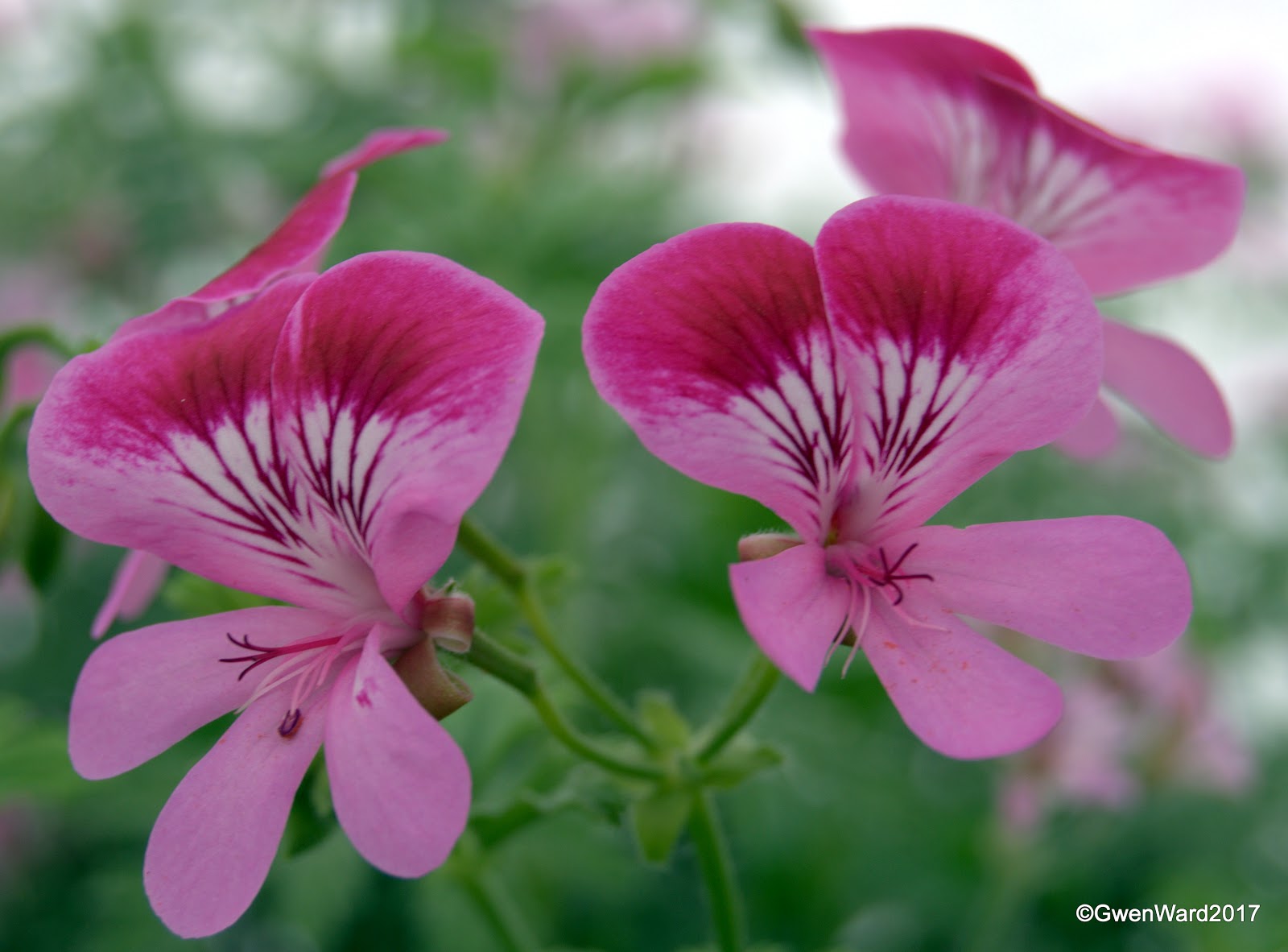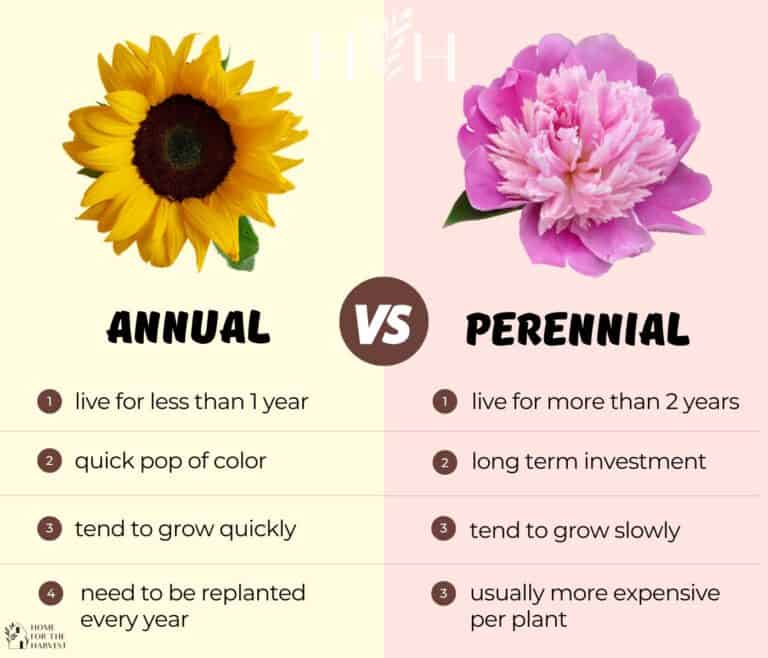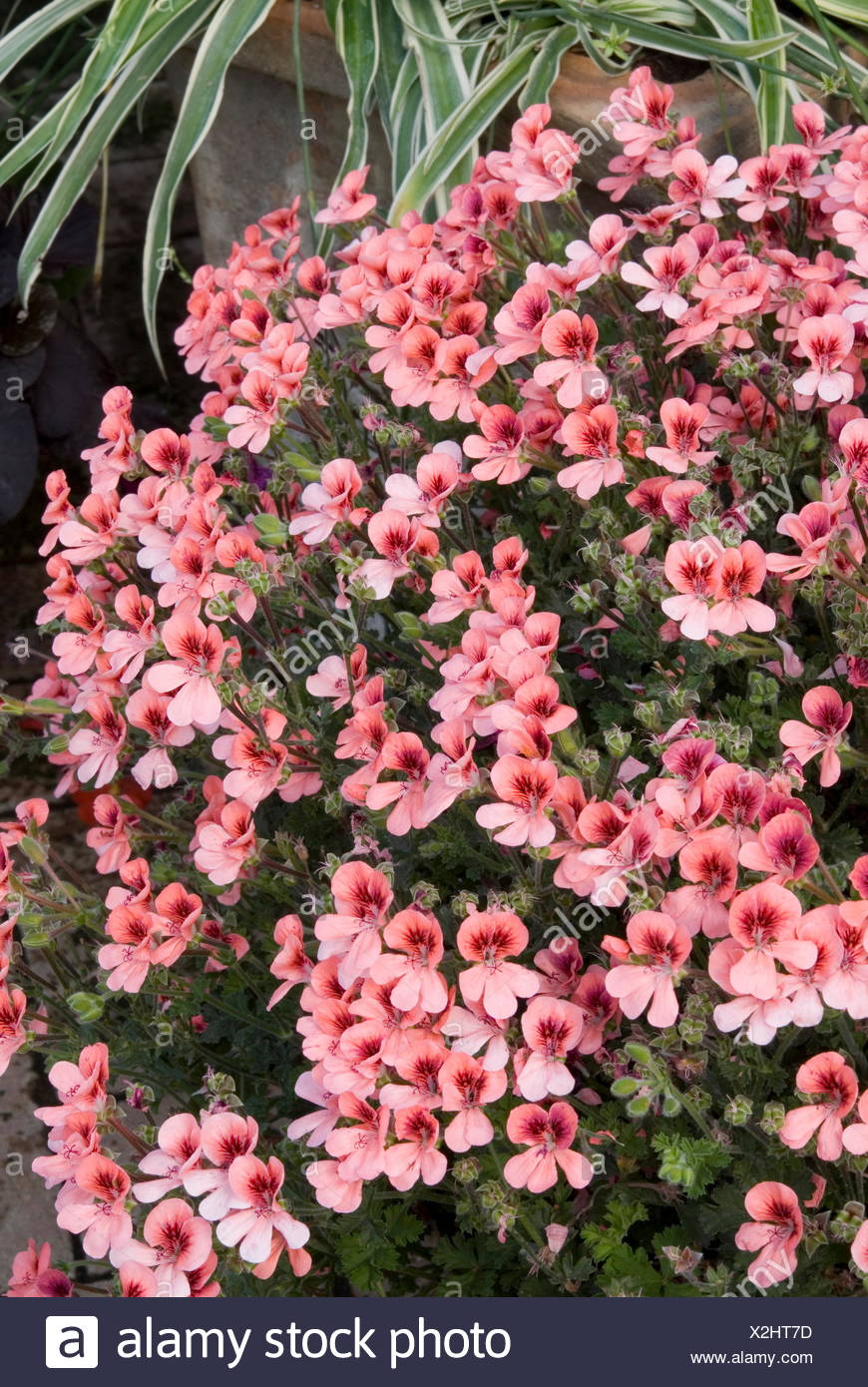What is Angel Pelargonium and How to Care for it
Angel Pelargonium, also known as Pelargonium angulosum, is a unique and fascinating plant species that has gained popularity among gardeners and plant enthusiasts. Native to South Africa, this plant is characterized by its delicate, angular stems and leaves, as well as its vibrant, fragrant flowers that bloom in shades of pink, white, and purple. But what makes Angel Pelargonium truly special is its ability to thrive in a variety of environments, making it an ideal choice for gardeners of all skill levels.
When it comes to caring for Angel Pelargonium, there are a few key factors to keep in mind. Lighting, for example, is crucial, as this plant requires bright, indirect light to photosynthesize and grow. Watering is also important, as Angel Pelargonium prefers well-draining soil and should be watered sparingly, allowing the soil to dry out slightly between waterings. Fertilization is also necessary, as this plant benefits from regular feedings of balanced, water-soluble fertilizer.
In addition to these basic care requirements, it’s also important to understand the growth habits of Angel Pelargonium. This plant is a tender perennial, meaning it will come back year after year in warmer climates, but may need to be overwintered indoors in cooler regions. By understanding these growth habits, gardeners can provide the best possible care for their Angel Pelargonium, ensuring it thrives and provides beautiful blooms for years to come.
As a perennial plant, Angel Pelargonium offers many benefits to gardeners, including low-maintenance requirements and the potential for year-round enjoyment. But is Angel Pelargonium a perennial in the classical sense? To answer this question, it’s necessary to delve deeper into the world of botany and explore the differences between annuals and perennials.
Understanding the Difference Between Annuals and Perennials
When it comes to gardening, understanding the difference between annuals and perennials is crucial for providing the best care for your plants. Annuals are plants that complete their life cycle within a year, germinating, growing, producing flowers and seeds, and dying all within a single growing season. Examples of annuals include marigolds, zinnias, and tomatoes. Perennials, on the other hand, are plants that live for more than two years, often regrowing new growth from the same roots year after year.
Perennials can be further divided into two categories: tender perennials and hardy perennials. Tender perennials, such as Angel Pelargonium, are sensitive to frost and typically need to be overwintered indoors or in a protected location. Hardy perennials, such as coneflowers and black-eyed susans, are more tolerant of cold temperatures and can be left outdoors year-round.
Understanding the growth habits and lifespans of annuals and perennials can help gardeners provide the best care for their plants. For example, annuals typically require more frequent watering and fertilization, as they are constantly producing new growth. Perennials, on the other hand, may require less frequent watering and fertilization, but may need to be pruned or divided regularly to maintain their health and vigor.
So, is Angel Pelargonium a perennial? To answer this question, it’s necessary to examine the plant’s growth habits and classification. According to botanical sources, Angel Pelargonium is indeed a perennial plant, although it may be sensitive to frost and require overwintering in cooler climates. By understanding the differences between annuals and perennials, gardeners can provide the best care for their Angel Pelargonium and enjoy its beautiful blooms for years to come.
Is Angel Pelargonium a Perennial: Separating Fact from Fiction
One of the most common questions about Angel Pelargonium is whether it is a perennial or not. To answer this question, it’s necessary to examine the plant’s classification and growth habits. According to botanical sources, Angel Pelargonium is indeed a perennial plant, belonging to the family Geraniaceae. This classification is based on the plant’s ability to regrow new growth from the same roots year after year.
However, some gardeners may be confused about the plant’s perennial status due to its sensitivity to frost. In cooler climates, Angel Pelargonium may need to be overwintered indoors or in a protected location to survive the winter months. This has led some to believe that the plant is an annual, rather than a perennial. However, this is not the case.
In fact, many gardening experts and botanical sources confirm that Angel Pelargonium is a perennial plant. For example, the Royal Horticultural Society lists Angel Pelargonium as a perennial plant, and notes that it can be grown outdoors in warmer climates or indoors in cooler climates.
So, is Angel Pelargonium a perennial? The answer is yes. While it may require special care in cooler climates, the plant’s ability to regrow new growth from the same roots year after year makes it a perennial plant. By understanding this classification, gardeners can provide the best care for their Angel Pelargonium and enjoy its beautiful blooms for years to come.
How to Overwinter Angel Pelargonium for Year-Round Enjoyment
As the winter months approach, gardeners often wonder if their Angel Pelargonium plants can survive the cold temperatures. While Angel Pelargonium is typically grown as an annual, it can be overwintered indoors to enjoy its beautiful flowers and foliage year-round. In this section, we will explore the steps to overwinter Angel Pelargonium and provide tips on how to keep it thriving during the colder months.
Before overwintering, it’s essential to understand that Angel Pelargonium is a tender perennial, meaning it cannot tolerate frost. Therefore, it’s crucial to bring the plant indoors before the first frost to protect it from damage. Choose a bright and sunny location, such as a south-facing window, to provide the plant with sufficient light.
To prepare the plant for overwintering, reduce watering to once a month, as the plant requires less moisture during the dormant season. You can also prune back the stems to about 6-8 inches from the soil surface to encourage new growth and prevent the plant from becoming leggy.
Another critical aspect of overwintering Angel Pelargonium is to maintain a consistent temperature between 40°F to 50°F (4°C to 10°C). Avoid placing the plant near heating vents or radiators, as this can cause the temperature to fluctuate and stress the plant.
In addition to temperature control, it’s also important to monitor the humidity levels. Angel Pelargonium prefers a relatively low humidity environment, around 40-50%. You can use a humidifier to maintain the optimal humidity levels, especially during the dry winter months.
By following these steps, you can successfully overwinter your Angel Pelargonium and enjoy its beautiful flowers and foliage year-round. Remember to check the plant regularly for pests and diseases, and adjust the care routine as needed. With proper care and attention, your Angel Pelargonium will thrive and provide you with a stunning display of flowers and foliage for months to come.
It’s worth noting that while Angel Pelargonium can be overwintered, it’s not a true perennial in the classical sense. However, with proper care and attention, it can be grown as a tender perennial, providing year-round enjoyment for gardeners. So, if you’re wondering is Angel Pelargonium a perennial, the answer is yes, but with some caveats. By understanding the plant’s unique needs and requirements, you can enjoy its beauty and fragrance for months to come.
Propagating Angel Pelargonium: A Step-by-Step Guide
Propagating Angel Pelargonium is a great way to share this beautiful plant with friends and family, or to create new plants for your own garden or indoor space. In this section, we will provide a step-by-step guide on how to propagate Angel Pelargonium, including how to take cuttings, prepare the soil, and care for the new plants.
**Step 1: Choose Healthy Cuttings**
To propagate Angel Pelargonium, you will need to take cuttings from a healthy, mature plant. Look for stems with plenty of leaves and a robust growth habit. Avoid taking cuttings from weak or damaged stems, as these may not root well.
**Step 2: Prepare the Cuttings**
Using a sharp, sterile knife or pruning tool, cut the stems from the mother plant just above a node (where a leaf meets the stem). Remove lower leaves from the cutting, leaving only two or three sets of leaves at the top. This will help prevent the cutting from drying out and promote rooting.
**Step 3: Prepare the Soil**
Fill a small pot or propagation tray with a well-draining seed starting mix. Moisten the soil with water, but make sure it’s not too wet or dry. Angel Pelargonium prefers a slightly acidic to neutral soil pH, ranging from 6.0 to 7.0.
**Step 4: Plant the Cuttings**
Plant the cuttings in the prepared soil, burying them up to the node (where you made the cut). Firm the soil gently around the cutting to secure it in place. Water the soil gently but thoroughly.
**Step 5: Provide Optimal Conditions**
Place the potted cuttings in a bright, indirectly lit location with temperatures between 65°F to 75°F (18°C to 24°C). Keep the soil consistently moist but not waterlogged. You can cover the pot with a clear plastic bag to maintain humidity and promote rooting.
**Step 6: Care for the New Plants**
After 2-3 weeks, the cuttings should have developed roots and started to produce new growth. Remove the plastic bag and continue to provide optimal growing conditions, including bright light, moderate watering, and fertilization. Once the new plants are established, you can transplant them into larger pots or directly into the garden.
By following these steps, you can successfully propagate Angel Pelargonium and enjoy its beautiful flowers and foliage for years to come. Remember to research and understand the specific needs of your Angel Pelargonium variety, as some may have unique requirements. With proper care and attention, your propagated plants will thrive and provide you with a stunning display of flowers and foliage.
As you propagate and care for your Angel Pelargonium, you may still be wondering is Angel Pelargonium a perennial. While it’s not a true perennial in the classical sense, Angel Pelargonium can be grown as a tender perennial with proper care and attention. By understanding the plant’s unique needs and requirements, you can enjoy its beauty and fragrance for months to come.
Common Mistakes to Avoid When Growing Angel Pelargonium
While Angel Pelargonium is a relatively low-maintenance plant, there are some common mistakes that gardeners make when growing it. By understanding these mistakes and taking steps to avoid them, you can provide optimal growing conditions for your Angel Pelargonium and enjoy its beautiful flowers and foliage for months to come.
**Overwatering**
One of the most common mistakes gardeners make when growing Angel Pelargonium is overwatering. This can lead to root rot and other problems that can be fatal to the plant. To avoid overwatering, make sure to check the soil regularly and only water when it feels dry to the touch. It’s also important to use a well-draining potting mix to prevent waterlogged soil.
**Underwatering**
On the other hand, underwatering can also be a problem for Angel Pelargonium. If the soil is too dry for too long, the plant can become stressed and drop its leaves. To avoid underwatering, make sure to water your Angel Pelargonium regularly, especially during hot and dry weather.
**Insufficient Light**
Angel Pelargonium needs bright, indirect light to photosynthesize and produce flowers. If the plant is not getting enough light, it can become leggy and fail to produce flowers. To avoid this, make sure to place your Angel Pelargonium in a bright, sunny location, such as a south-facing window or under grow lights.
**Inadequate Fertilization**
Angel Pelargonium needs regular fertilization to produce plenty of flowers and foliage. If the plant is not getting enough fertilizer, it can become weak and spindly. To avoid this, make sure to fertilize your Angel Pelargonium regularly with a balanced, water-soluble fertilizer.
**Pests and Diseases**
Like all plants, Angel Pelargonium is susceptible to pests and diseases. To avoid these problems, make sure to inspect your plant regularly and take action quickly if you notice any signs of pests or diseases. Some common pests and diseases that can affect Angel Pelargonium include aphids, whiteflies, and root rot.
By avoiding these common mistakes, you can provide optimal growing conditions for your Angel Pelargonium and enjoy its beautiful flowers and foliage for months to come. Remember to research and understand the specific needs of your Angel Pelargonium variety, as some may have unique requirements. With proper care and attention, your Angel Pelargonium will thrive and provide you with a stunning display of flowers and foliage.
As you care for your Angel Pelargonium, you may still be wondering is Angel Pelargonium a perennial. While it’s not a true perennial in the classical sense, Angel Pelargonium can be grown as a tender perennial with proper care and attention. By understanding the plant’s unique needs and requirements, you can enjoy its beauty and fragrance for months to come.
Angel Pelargonium Varieties: Exploring the Different Types
Angel Pelargonium is a versatile plant that comes in a variety of shapes, sizes, and colors. With over 200 species and countless hybrids, there’s an Angel Pelargonium variety to suit every garden and indoor space. In this section, we’ll explore some of the most popular Angel Pelargonium varieties, their unique characteristics, and how they can add diversity and interest to your garden or home.
**Regal Pelargonium**
Regal Pelargonium is one of the most popular varieties of Angel Pelargonium. It’s known for its large, showy flowers that come in a range of colors, including pink, red, and white. Regal Pelargonium is a compact plant that grows to be around 12-18 inches tall, making it perfect for containers or small gardens.
**Zonal Pelargonium**
Zonal Pelargonium is another popular variety of Angel Pelargonium. It’s known for its distinctive leaf markings, which resemble zones or stripes. Zonal Pelargonium comes in a range of colors, including pink, red, and white, and grows to be around 18-24 inches tall.
**Ivy-Leaved Pelargonium**
Ivy-Leaved Pelargonium is a trailing variety of Angel Pelargonium that’s perfect for hanging baskets or containers. It’s known for its small, delicate flowers that come in a range of colors, including pink, red, and white. Ivy-Leaved Pelargonium is a low-maintenance plant that’s easy to care for and can thrive in a range of lighting conditions.
**Martha Washington Pelargonium**
Martha Washington Pelargonium is a popular variety of Angel Pelargonium that’s known for its large, showy flowers. It’s a compact plant that grows to be around 12-18 inches tall and comes in a range of colors, including pink, red, and white. Martha Washington Pelargonium is a great choice for containers or small gardens.
**Other Varieties**
There are many other varieties of Angel Pelargonium, each with its own unique characteristics and growing conditions. Some popular varieties include Calliope, Royal Candy, and Tango. These varieties offer a range of colors, growth habits, and flowering patterns, making it easy to find an Angel Pelargonium that suits your garden or indoor space.
By exploring the different varieties of Angel Pelargonium, you can add diversity and interest to your garden or indoor space. Whether you’re looking for a compact plant for containers or a trailing variety for hanging baskets, there’s an Angel Pelargonium variety to suit your needs. With proper care and attention, your Angel Pelargonium will thrive and provide you with a stunning display of flowers and foliage.
As you explore the different varieties of Angel Pelargonium, you may still be wondering is Angel Pelargonium a perennial. While it’s not a true perennial in the classical sense, Angel Pelargonium can be grown as a tender perennial with proper care and attention. By understanding the plant’s unique needs and requirements, you can enjoy its beauty and fragrance for months to come.
Conclusion: Unlocking the Full Potential of Angel Pelargonium
In conclusion, Angel Pelargonium is a versatile and low-maintenance plant that can add beauty and interest to any garden or indoor space. By understanding the plant’s unique characteristics, growth habits, and maintenance needs, gardeners can unlock the full potential of Angel Pelargonium and enjoy its stunning flowers and foliage for months to come.
Throughout this article, we’ve explored the different aspects of Angel Pelargonium, from its origin and classification to its care and maintenance requirements. We’ve also discussed common mistakes to avoid when growing Angel Pelargonium and introduced different varieties of the plant, each with its own unique characteristics and growth habits.
Whether you’re a seasoned gardener or just starting out, Angel Pelargonium is a great choice for anyone looking to add some color and interest to their garden or indoor space. With its low-maintenance requirements and potential for year-round enjoyment, Angel Pelargonium is a plant that can thrive in a variety of conditions.
So, is Angel Pelargonium a perennial? While it’s not a true perennial in the classical sense, Angel Pelargonium can be grown as a tender perennial with proper care and attention. By understanding the plant’s unique needs and requirements, you can enjoy its beauty and fragrance for months to come.
In summary, Angel Pelargonium is a versatile and low-maintenance plant that can add beauty and interest to any garden or indoor space. With its unique characteristics, growth habits, and maintenance needs, Angel Pelargonium is a great choice for anyone looking to add some color and interest to their garden or indoor space. So why not give it a try? With proper care and attention, you can unlock the full potential of Angel Pelargonium and enjoy its stunning flowers and foliage for months to come.









